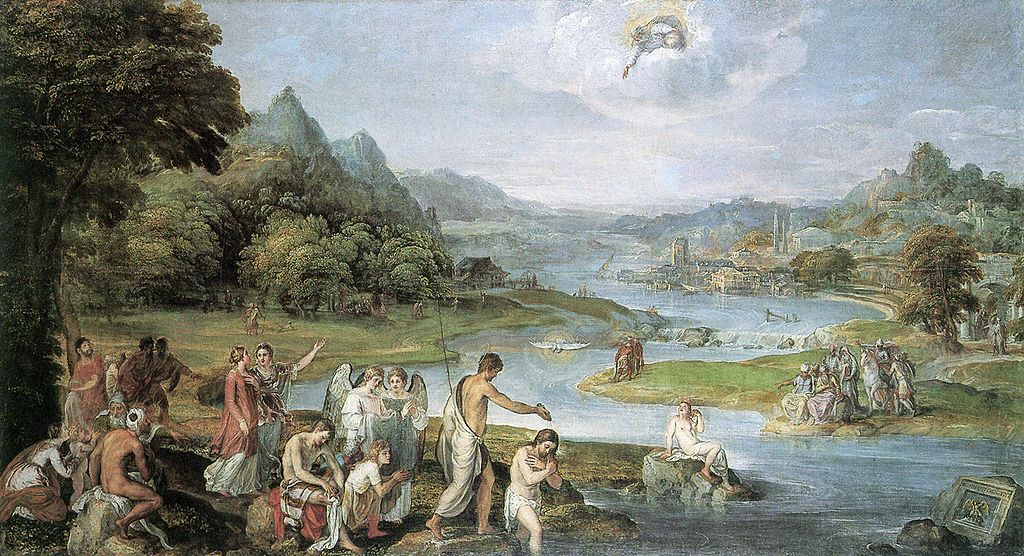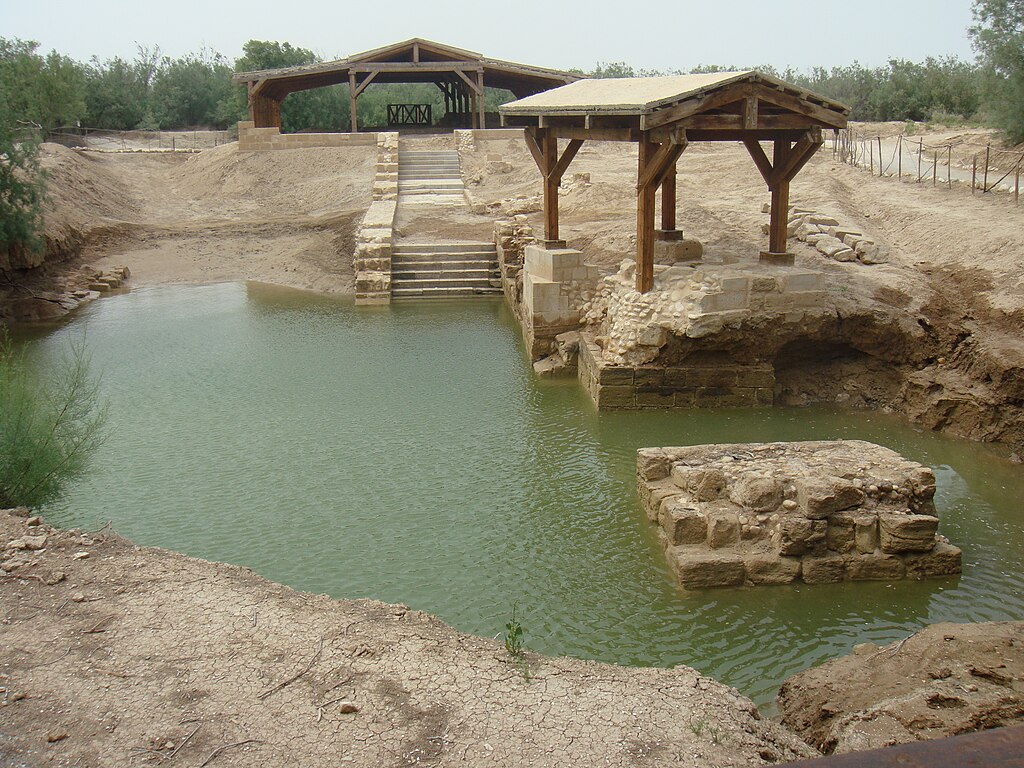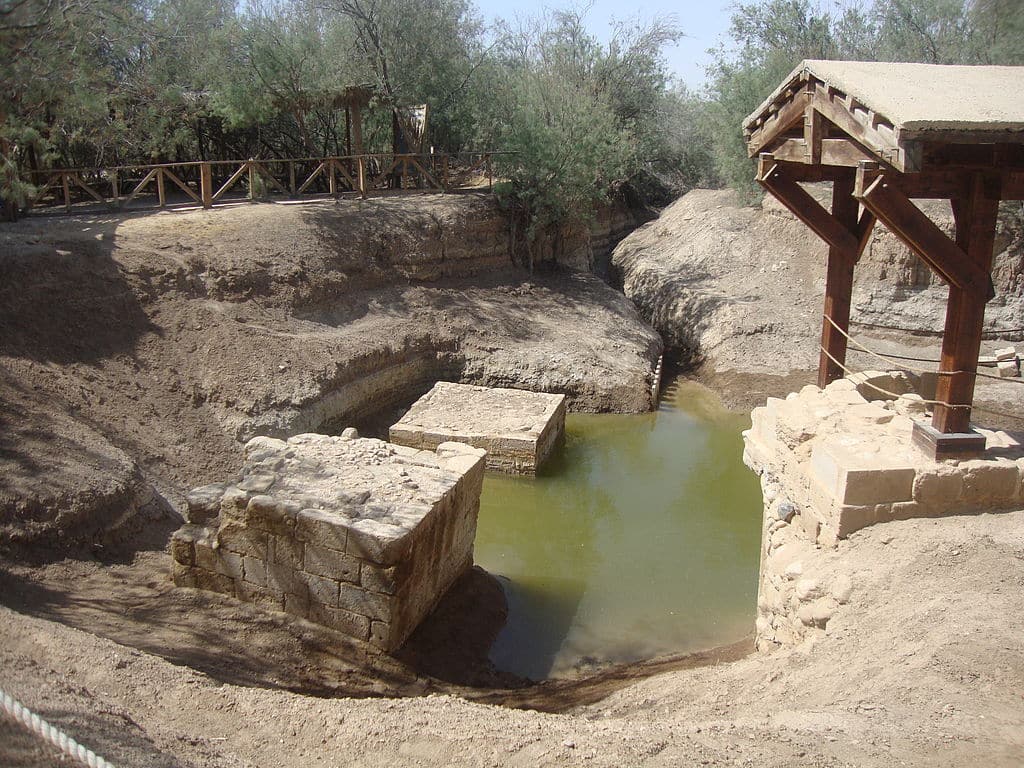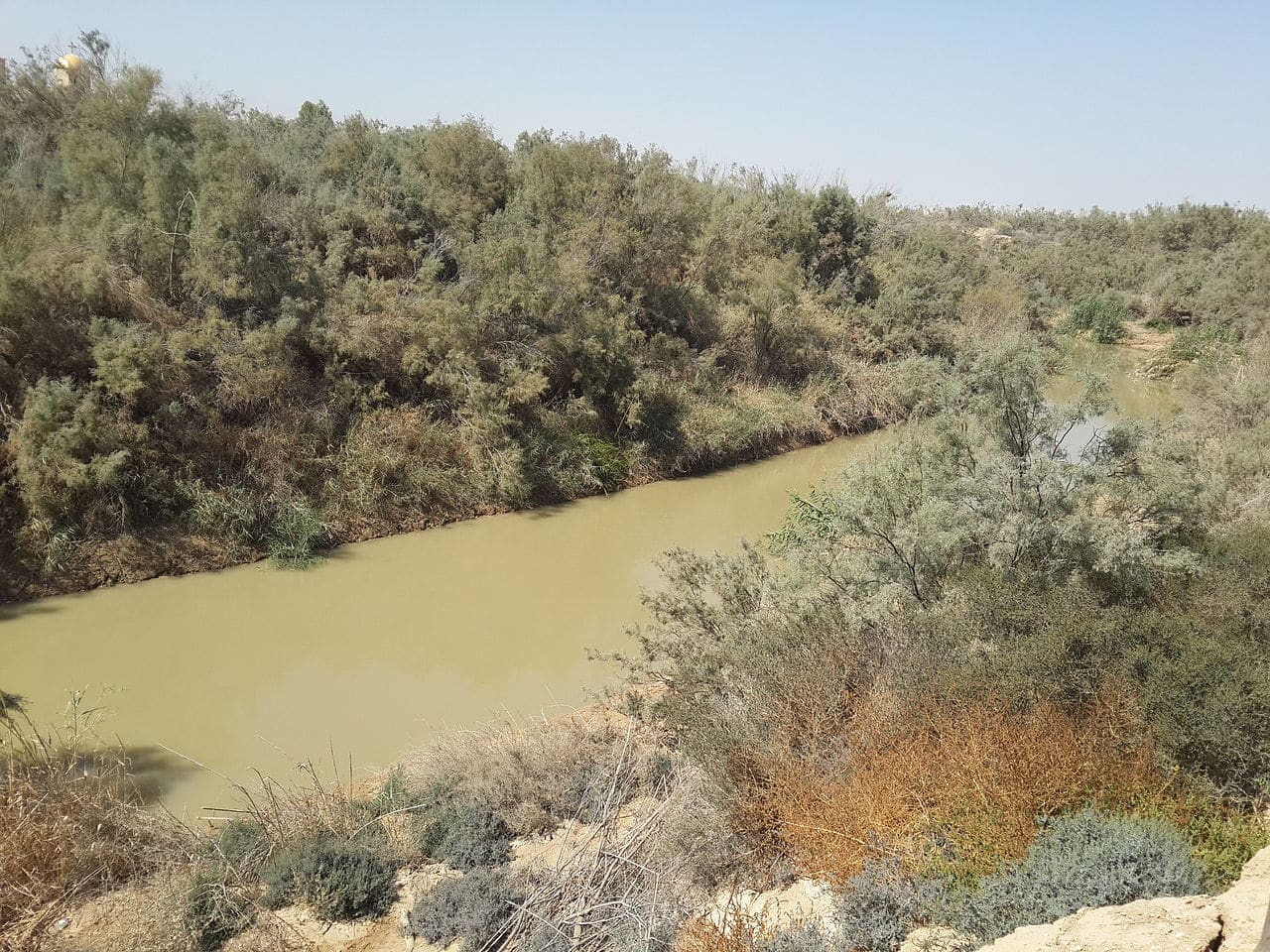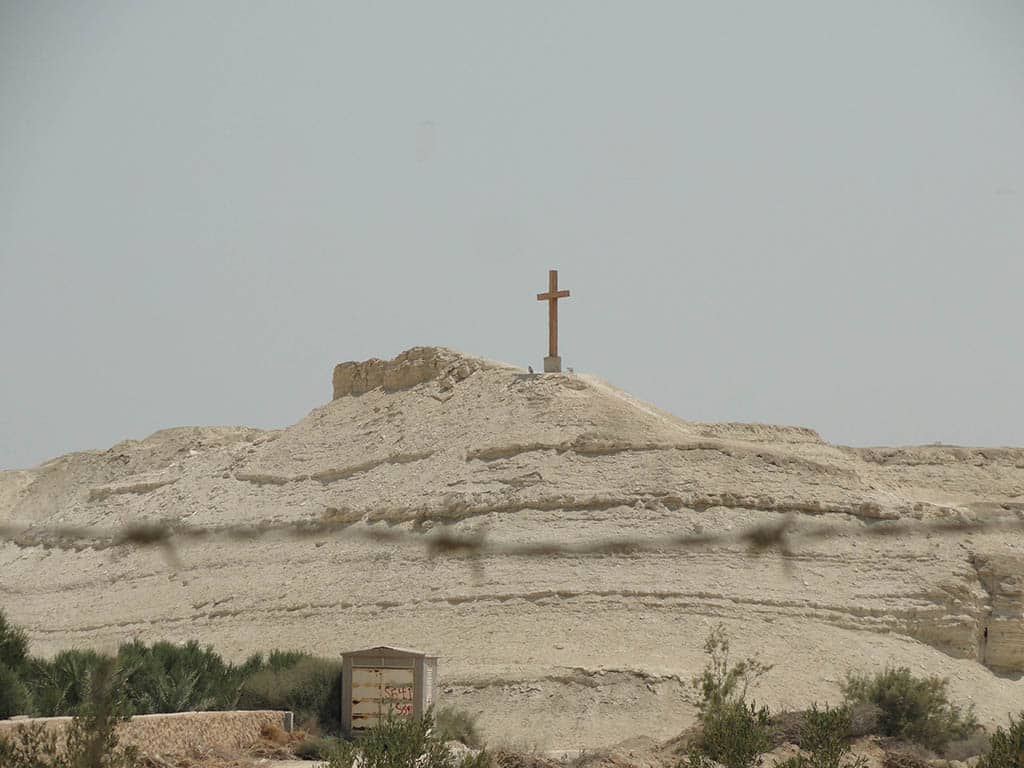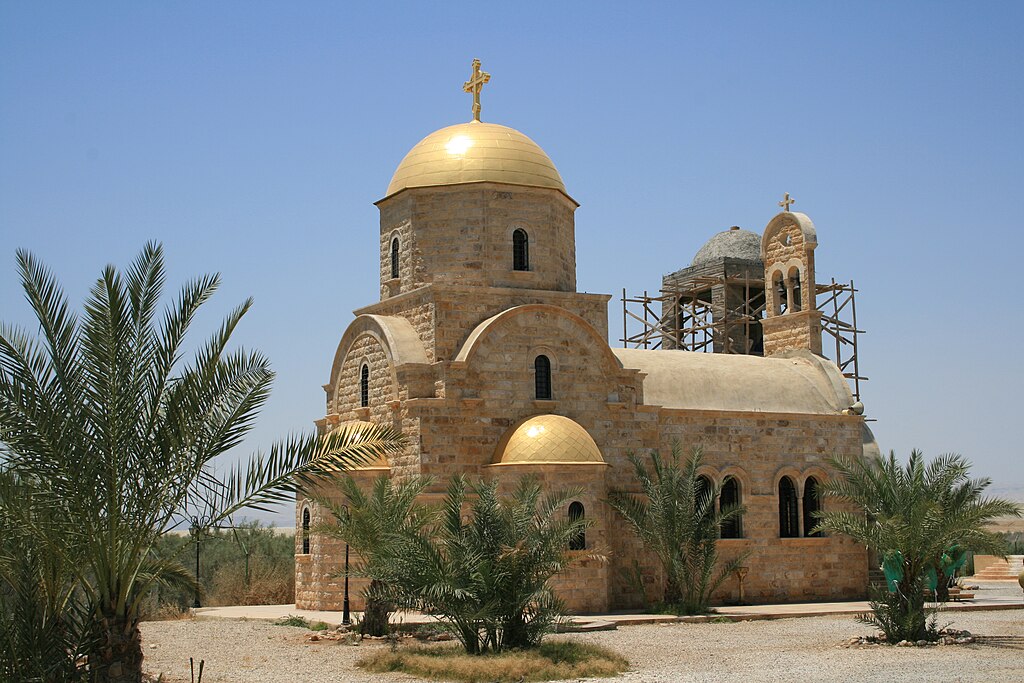Egnatian Way
Carousel of images for this Bible Exhibit
Listen to this Bible Exhibit
The Egnatian Way, or Via Egnatia, was a crucial Roman road connecting Macedonia’s east and west coasts. Built in the second century BC under Roman proconsul Gnaeus Egnatius, it facilitated military movements, trade, and cultural exchanges. It stretched about 450 miles from Dyrrhachium in modern-day Albania on the Adriatic Sea to Byzantium or modern-day Istanbul, Turkey, on the Bosporus. The Egnatian Way became Rome’s primary east-west route and was key to the empire’s expansion.
The Egnatian Way also played a pivotal role in history. After Julius Caesar’s assassination, Brutus and Cassius used it to march to Philippi, where they fought Octavian and Mark Antony in 42 BC. Their defeat paved the way for Augustus Caesar’s rise. The military presence along the road strengthened the cities it connected, making them centers of commerce and culture. Built with durable materials, the road varied in width from 13 to 16 feet (4 to 8 meters), with some sections reaching 65 feet (20 meters) wide in cities. Milestones were placed to mark distances, and some still survive today.
More than an engineering feat, the Egnatian Way became a vital path for the spread of the gospel. The Apostle Paul traveled on this road during his second missionary journey, bringing the message of Jesus Christ to key cities such as Philippi, Thessalonica, and Berea. Paul’s arrival at Neapolis, near Philippi, led to the conversion of Lydia, marking the start of the Philippian church. Acts 16:11-15 He continued along the road, preaching in Thessalonica and later in Berea Acts 17:1-14. His journeys demonstrate how God used Rome’s infrastructure to spread the gospel.
The Thessalonian believers, encouraged by Paul, used this road to spread the gospel throughout Macedonia and beyond 1 Thessalonians 1:8. Later, Ignatius of Antioch traveled this route as he was taken to Rome for execution in AD 110.
Ultimately, the Egnatian Way demonstrates how God, in His sovereignty, used historical developments for His purposes in gospel advance. Initially built for military conquest and commerce, it became a means for expanding God’s kingdom. Paul’s travels along this road highlight the fulfillment of Isaiah’s prophecy on the beauty of the feet are those who bring good news Isaiah 52:7. Once bearing Roman soldiers and merchants, the road carried the message of salvation in Jesus Christ. Though mainly in ruins, the Egnatian Way remains a powerful reminder of God’s work throughout history. Just as it enabled early Christians to spread the gospel, believers today are called to use available means—whether roads, technology, or communication—to share the message of salvation with the world.





